Effective Ways to Remove and Prevent Rust on Your Vehicle's Undercarriage: A Complete Guide to Lasting Protection and Maintenance
Rust on the undercarriage can seriously impact your vehicle’s durability and safety. In this complete guide, you’ll discover effective methods to remove rust from the undercarriage and the best ways to protect it from future corrosion. Learn to identify signs of rust, explore top products like Chemikal States Rust Converter for neutralizing and safeguarding your undercarriage, and find out how regular maintenance can prevent rust buildup. Proper undercarriage care is an investment in your vehicle’s longevity and your safety on the road!
CHEMIKAL STATES LLC
Rust Converter, Rust Neutralizer Defense Against Corrosion
Share
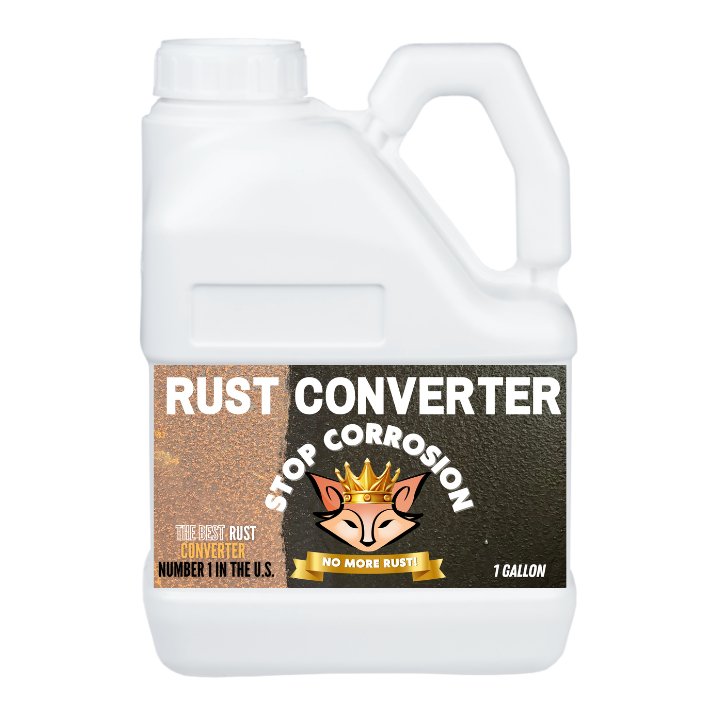
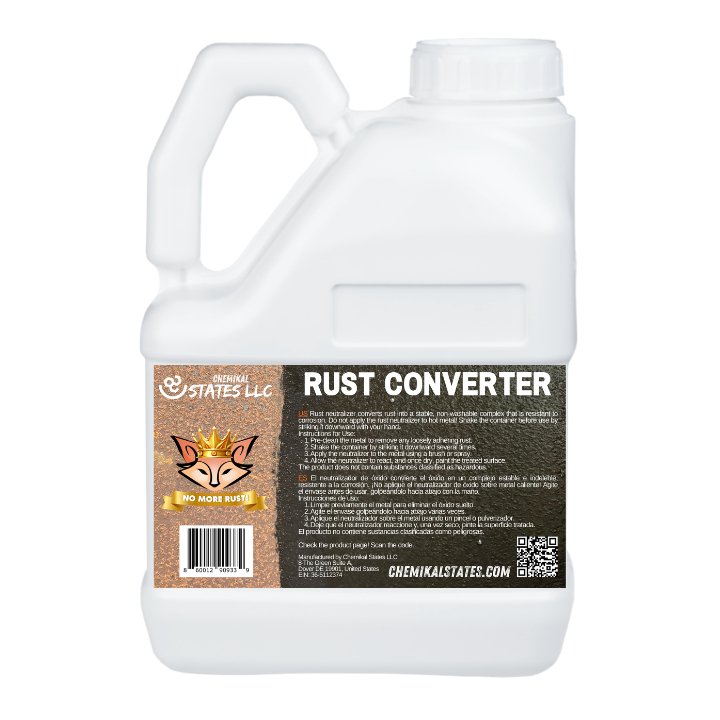
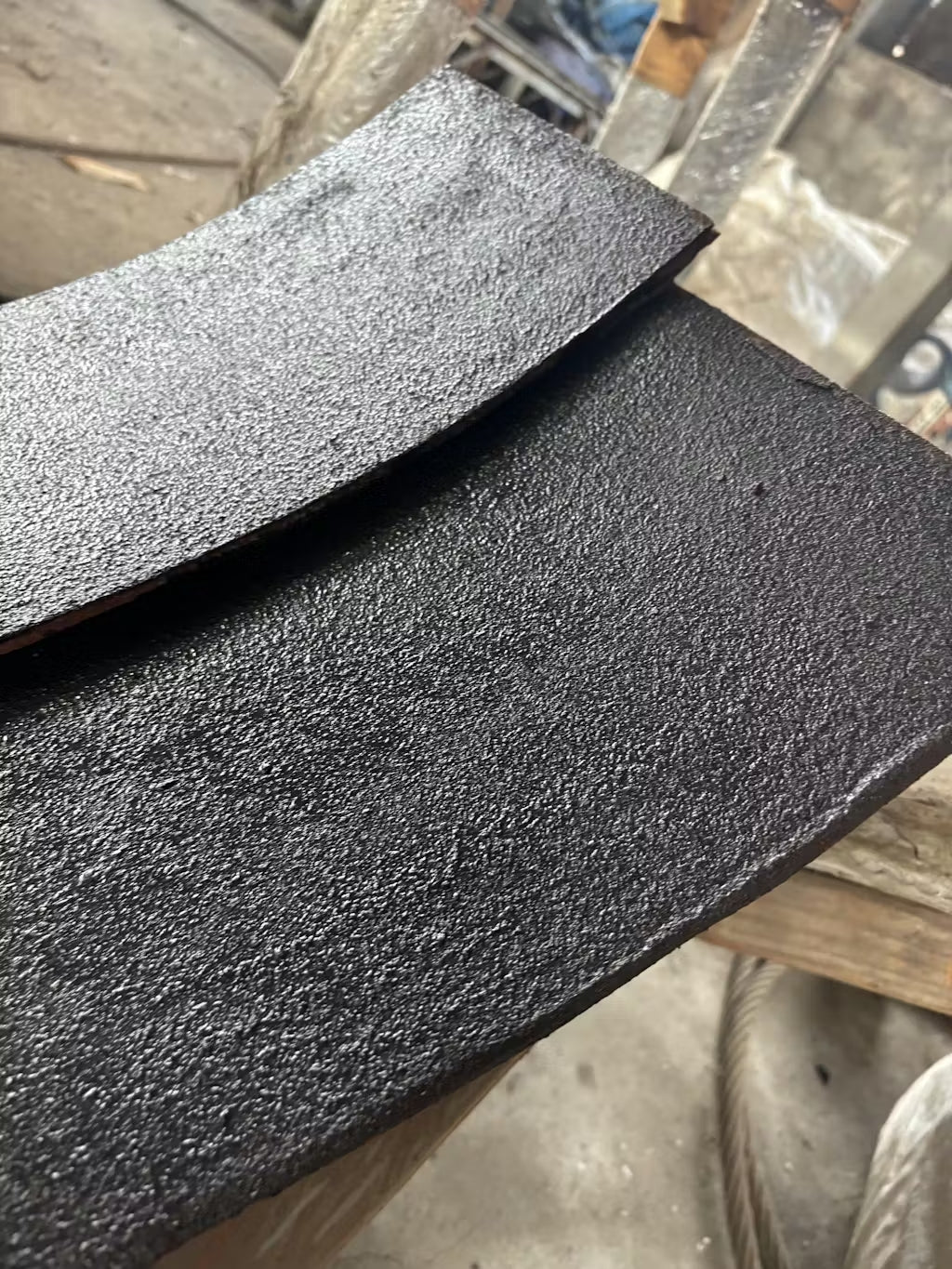
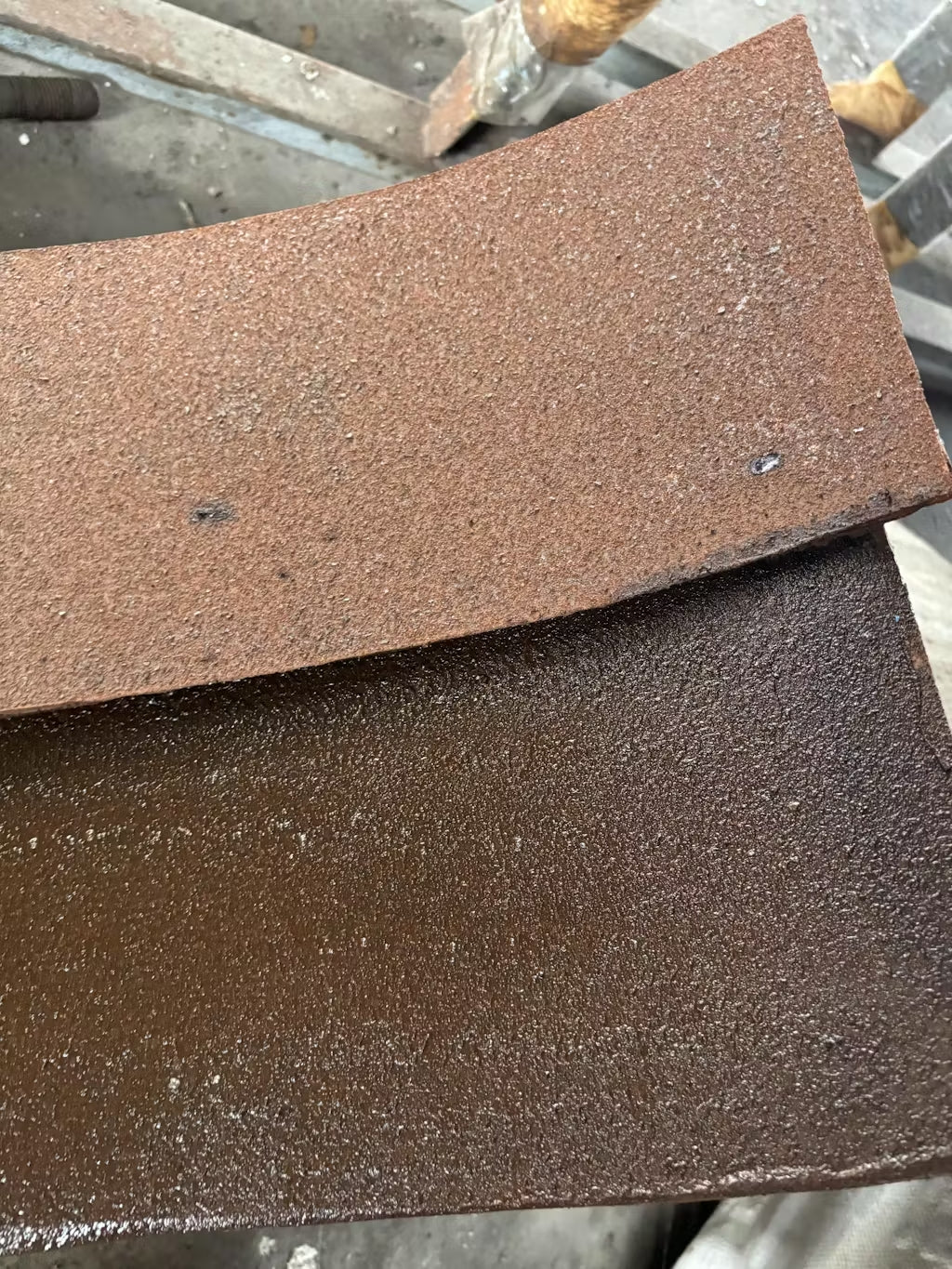
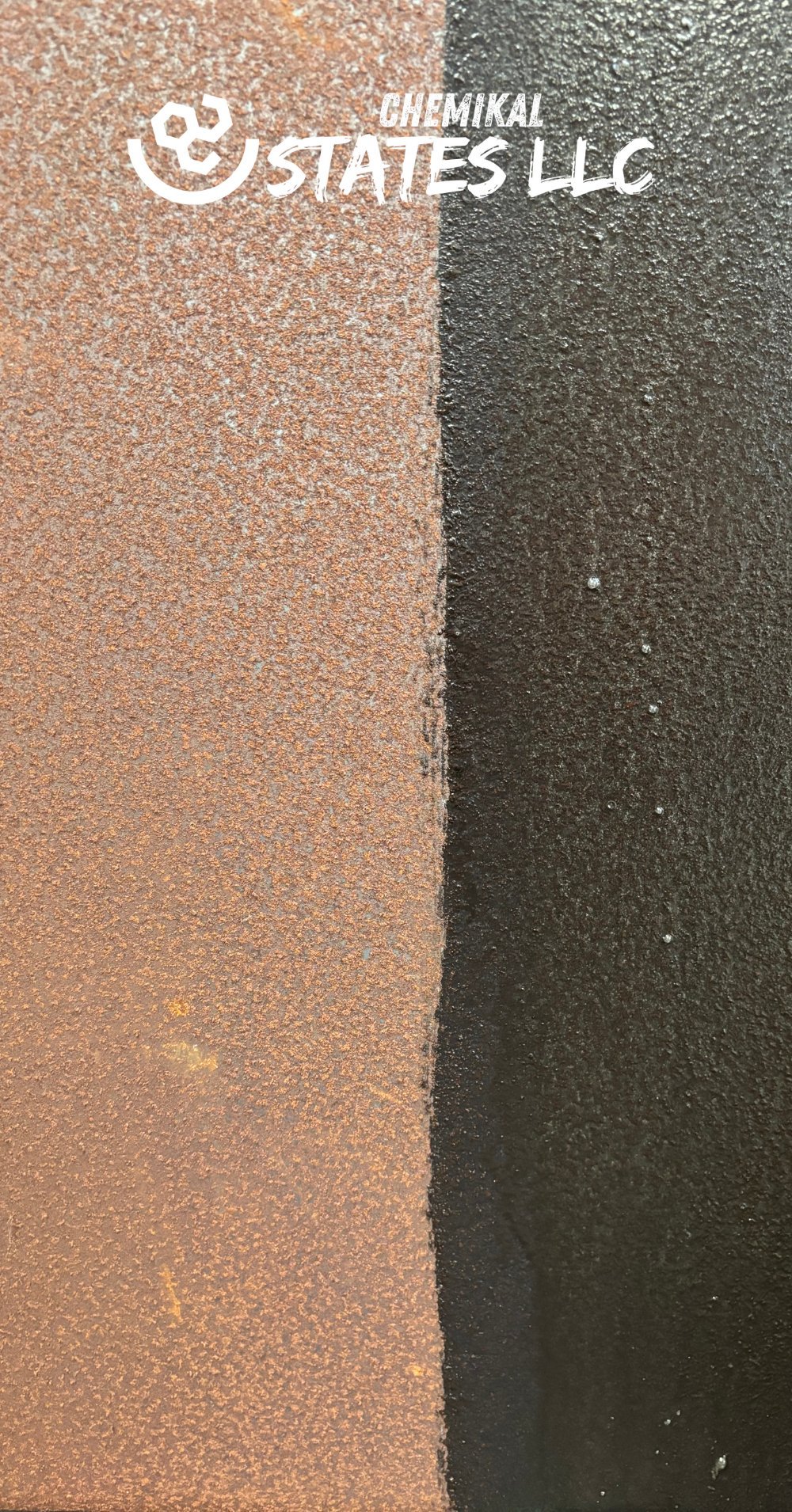
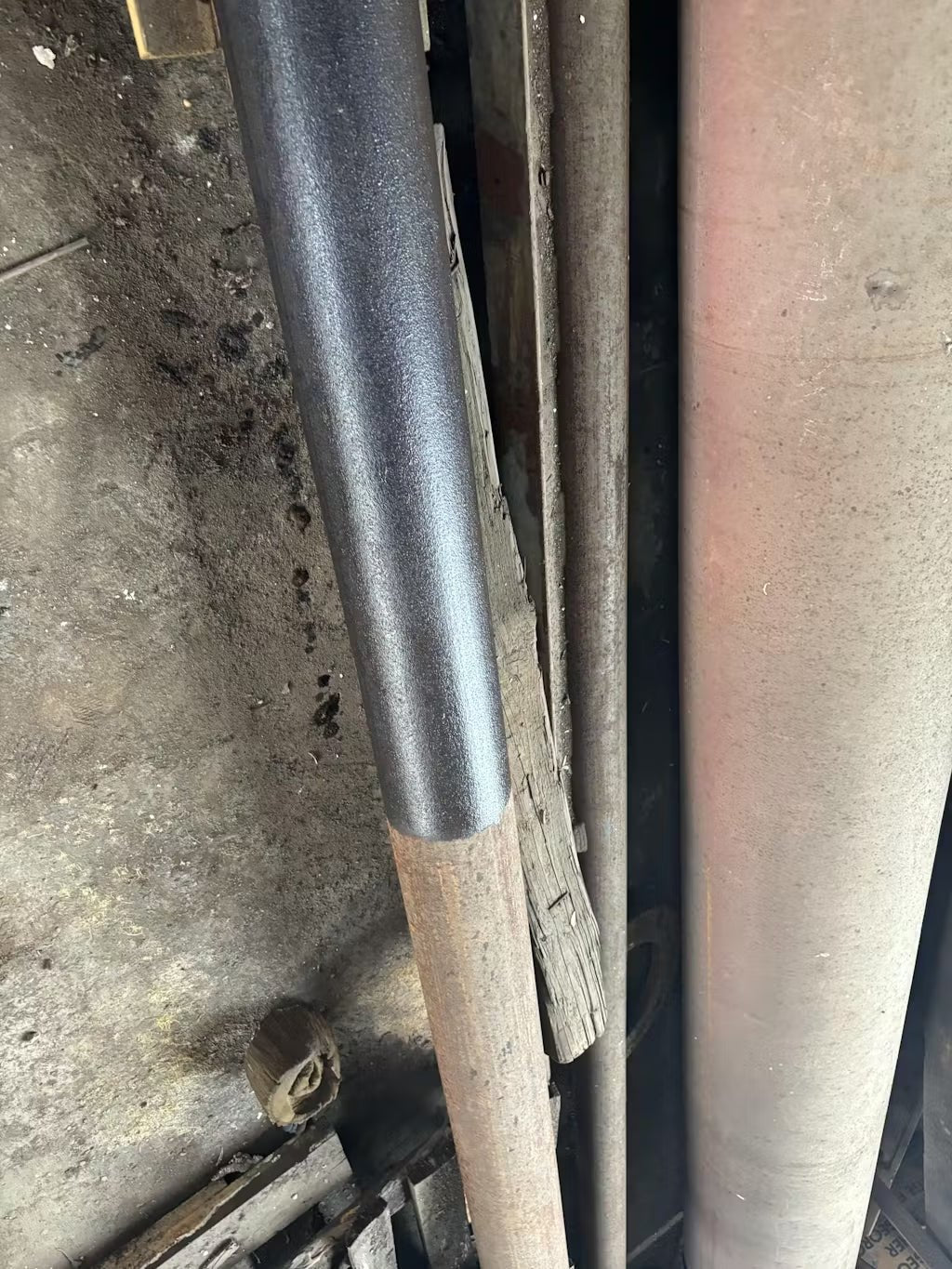
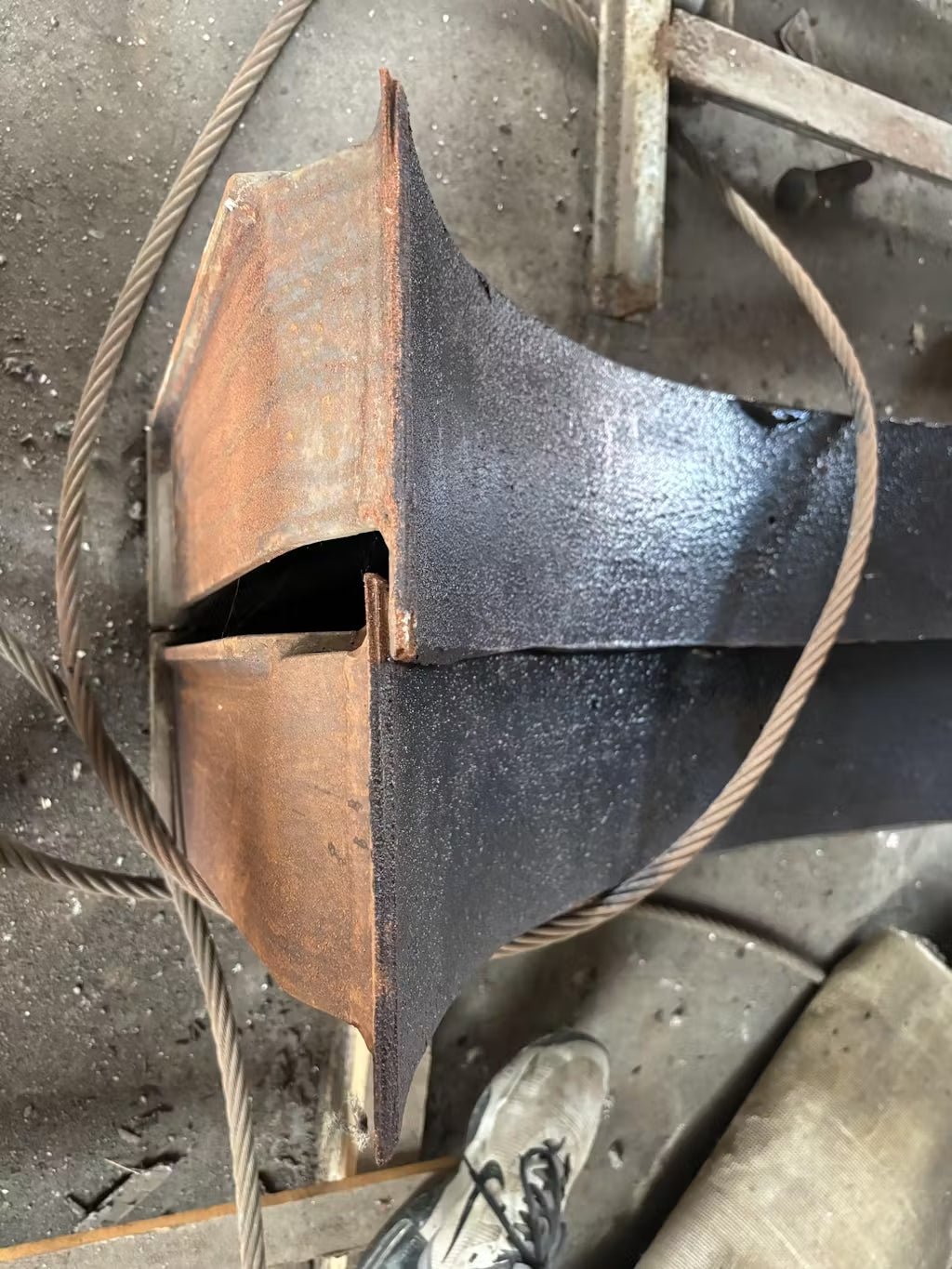
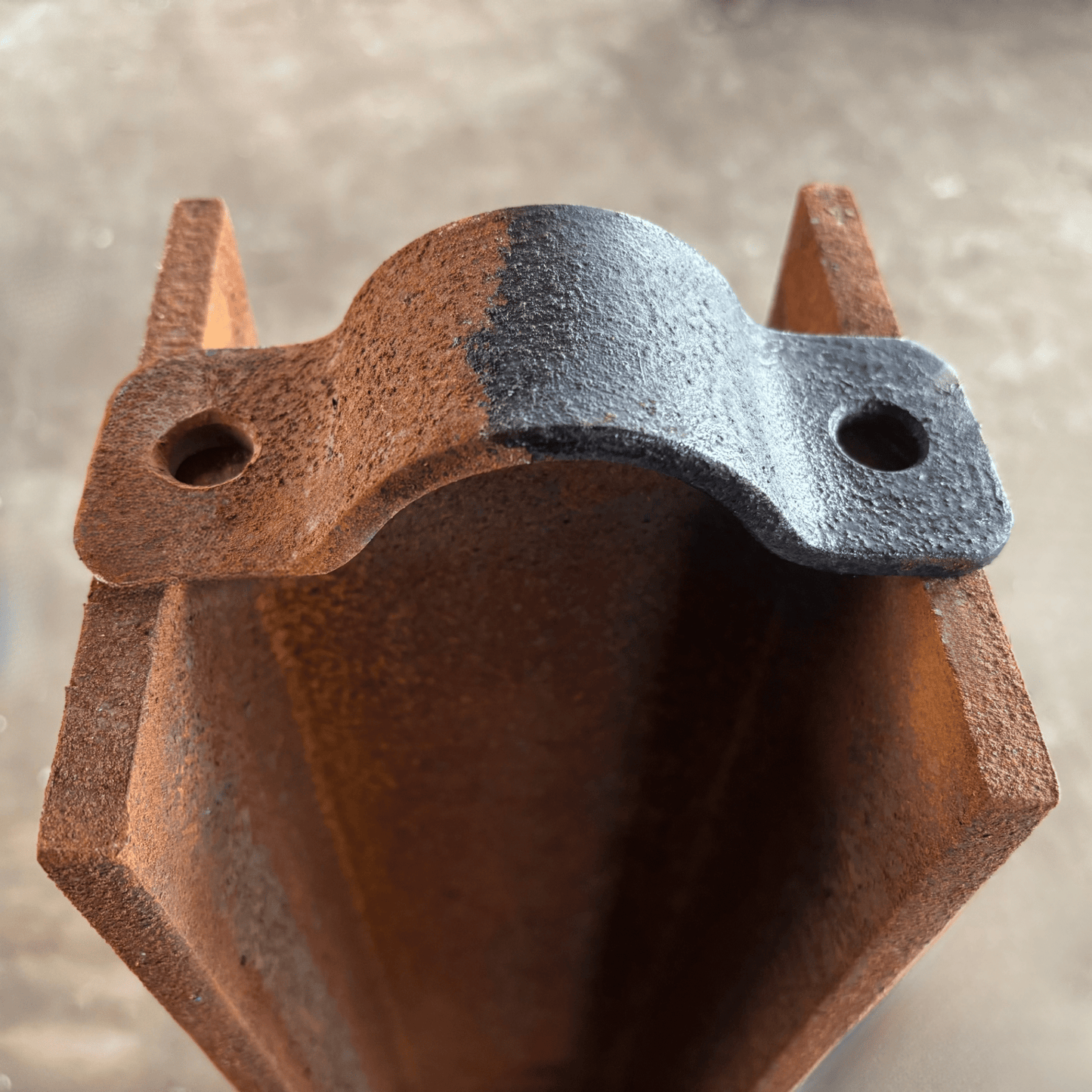
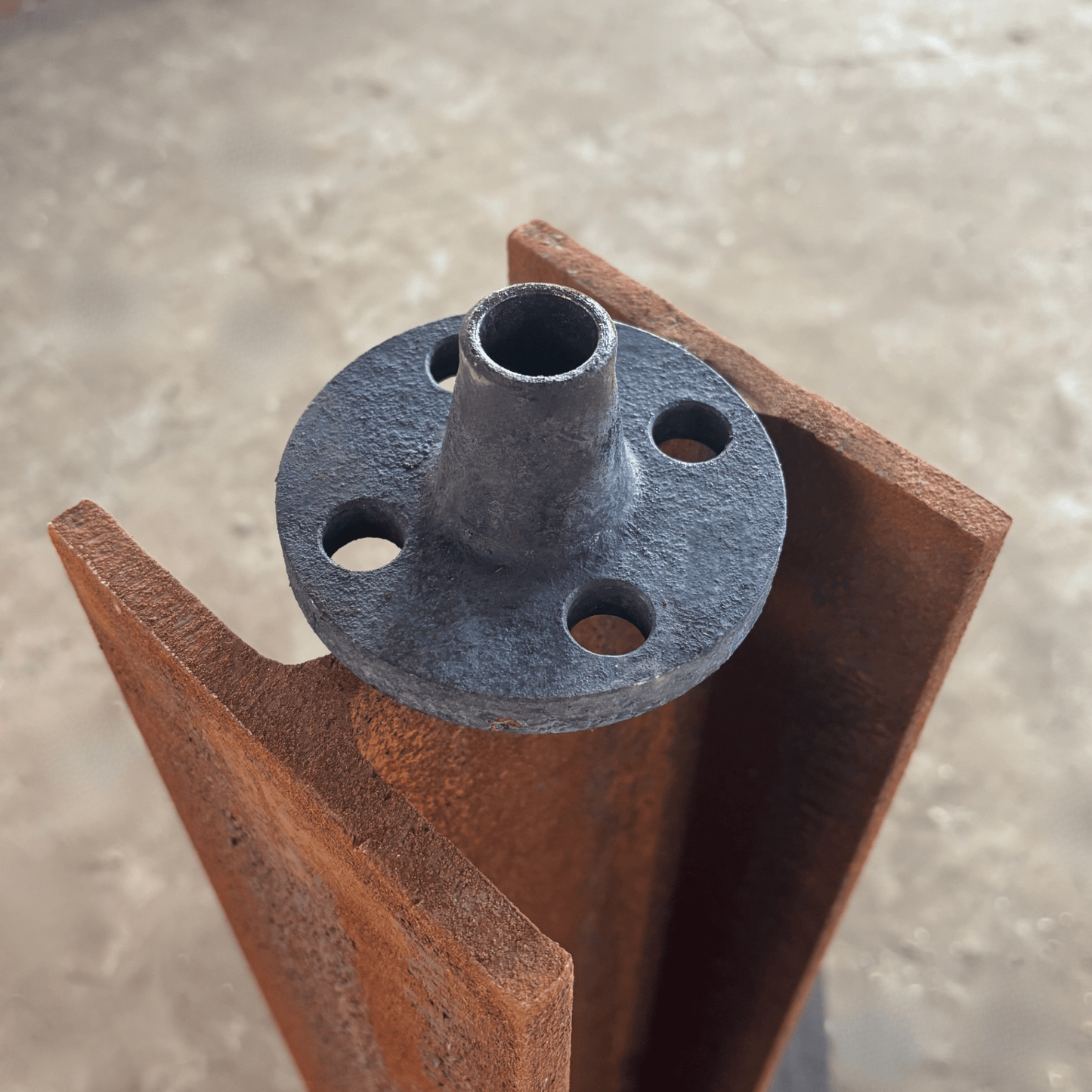
How to Remove Rust from Undercarriage
How to Remove Rust from Undercarriage
Understanding Rust on the Undercarriage

Causes of Rust on Undercarriage
Environmental Exposure: Exposure to road salt, humidity, and dirt can accelerate rust formation on your vehicle's undercarriage.
Metal Oxidation Process: When iron or steel contacts moisture, it oxidizes and forms rust. Salt and acids increase this reaction speed.
Lack of Preventive Rust Protection: Without protective coatings, undercarriages are highly vulnerable to rust, especially on older vehicles.
Why Rust Removal is Important

Prevents Structural Damage: Rust weakens the vehicle’s frame, making removal critical for long-term durability and safety.
Improves Resale Value: Rust-free undercarriages are more attractive in the resale market, preserving vehicle value.
Ensures Long-Term Safety: Removing rust is essential to maintain the integrity of critical components like brake and fuel lines.
Common Signs of Rust on the Undercarriage
Visible Discoloration and Flaking: Rust appears as reddish-brown spots, often flaky in texture.
Brittle or Weak Metal: Rust weakens metal, causing cracks and rough textures in affected areas.
Rough, Pitted Surface: Rust often results in a rough, uneven surface, indicating deeper damage.
Steps to Remove Rust from Your Undercarriage

Tools and Materials Needed
- Protective Gear: Use gloves, goggles, and a mask to protect yourself.
- Chemikal States Rust Converter: This rust converter neutralizes rust and adds a protective layer.
- Wire Brush and Sandpaper: Essential for scrubbing off loose rust and preparing the surface.
Step-by-Step Guide to Removing Rust from Your Undercarriage
- Clean the Surface Thoroughly: Remove dirt and debris to ensure the rust converter adheres properly.
- Scrub Off Loose Rust: Use a wire brush and sandpaper to eliminate surface rust.
- Apply Chemikal States Rust Converter: Apply the product to neutralize and stabilize rust.
- Allow the Converter to Cure: Let the rust converter cure fully, typically several hours.
- Seal the Surface with a Protective Coating: Add a sealant to guard against future rusting.
Best Products for Undercarriage Rust Protection


Rust Converter Spray vs. Gel: Which is Right for You?
Rust Converter Spray: Convenient for reaching tight spots, offering even coverage for hard-to-access areas.
Rust Converter Gel: Ideal for larger rusted areas, forming a thicker, protective layer over the rusted surface.
Choosing the Best Rust Protection for Your Undercarriage
Chemikal States Rust Converter: A dual-action converter that neutralizes rust and forms a protective barrier, ideal for undercarriages.
Undercoating Sprays: Provides a protective coating, complementing the rust converter’s action for maximum rust prevention.
How to Prevent Undercarriage Rust
Regular Washing and Maintenance
Wash After Exposure to Salt or Mud: Clean your undercarriage to remove salt and other corrosive elements, especially after winter driving.
Use Specialized Undercarriage Cleaning Tools: High-pressure hose attachments make it easier to reach and clean hard-to-reach areas.
Applying a Protective Coating with a Rust Converter
Rust Inhibitors: These products add a protective layer to keep moisture away from metal surfaces.
Chemikal States Rust Converter: This product not only neutralizes rust but also provides a protective coating, making it an ideal annual treatment.

FAQ
What is the best way to remove rust from an undercarriage?
The most effective approach includes cleaning, scrubbing off loose rust, and applying a rust converter like Chemikal States Rust Converter, which halts rust progression and provides a protective barrier.
How often should I apply rust protection to my undercarriage?
For cars exposed to salt or humidity, apply rust protection annually or after winter. Spot treatments after off-road driving also help.
Can I prevent undercarriage rust with regular cleaning alone?
Cleaning is essential but doesn’t fully prevent rust. A rust converter and inhibitor provide comprehensive protection.
Common Questions about Undercarriage Rust
Is rust on an undercarriage dangerous?
Yes, untreated rust can weaken structural parts, posing safety risks. Using a rust converter helps prevent these risks.
How long does it take for a rust converter to work?
Typically, Chemikal States Rust Converter takes around 24 hours to cure, neutralizing rust effectively.
Should I remove all rust before applying a converter?
It’s advisable to remove loose rust first, but converters bond with the remaining rust to neutralize it.
How do I apply a rust converter to hard-to-reach areas?
A spray applicator is recommended for such areas. Chemikal States offers sprays designed for these situations.
Best Practices for Applying Rust Converter on Car Frames
Introduction: Explain why rust prevention is crucial for vehicle longevity, particularly for the car frame, a critical structural component.
1. Preparing the Surface for Rust Converter
- Why surface prep matters: Describe how cleaning and sanding down to bare metal helps the converter bond.
- Necessary tools and products: List items like degreasers, sandpaper, wire brushes, and personal protective equipment.
2. Step-by-Step Guide to Applying Rust Converter
- Choosing the right converter: Compare different types (liquid, gel, spray) and their effectiveness.
- Application technique for best results: Describe application tips for even coverage and discuss drying times.
3. Sealing and Protecting Treated Areas
- Choosing protective coatings: Discuss whether to paint, seal, or use a wax-based protective layer for optimal rust prevention.
- Maintenance tips for treated frames: Provide tips on inspecting and maintaining the frame post-treatment.
4. Frequently Asked Questions
- Does rust converter work on severe rust?
- Can I apply rust converter over painted surfaces?
- How long does a rust converter last?
Article 2: DIY vs. Professional Rust Removal: Which Option Saves More Money?
Introduction: Explore why rust removal is essential for vehicle health and the cost differences between DIY and professional methods.
1. Cost Breakdown of DIY Rust Removal
- Tools and materials needed for DIY rust removal: List grinders, sandpaper, rust converter, and paint.
- Estimating time and effort involved: Discuss how long it takes for typical DIY rust removal based on severity.
2. Pros and Cons of Professional Rust Removal Services
- What professionals offer: Detail equipment, expertise, and quality that might not be achievable at home.
- Cost analysis of professional services: Compare the average cost for small vs. extensive rust repairs.
3. When to Choose DIY and When to Go Professional
- Factors to consider: Offer guidance on when DIY may be appropriate (e.g., surface rust) and when professionals are needed (e.g., structural rust).
- How to find a reliable rust removal service: Tips for finding skilled mechanics specializing in rust repair.
4. Common Questions
- What’s the best DIY rust remover for cars?
- How much can I save with DIY rust removal?
- Can DIY rust removal compromise vehicle safety?
Article 3: Rustproofing vs. Undercoating: Which Is Better for My Car?
Introduction: Define rustproofing and undercoating, explaining how each helps protect different parts of the car.
1. Rustproofing: Protection for the Body and Metal Components
- Overview of rustproofing: Describe how it works by sealing metal to prevent corrosion.
- Types of rustproofing products: Compare oil-based, wax-based, and rubberized options and their typical applications.
2. Undercoating: Targeting the Undercarriage for Maximum Protection
- How undercoating works: Explain how it shields from salt, dirt, and moisture on the undercarriage.
- Common undercoating products: Discuss options such as rubberized sprays, oil-based coatings, and lanolin-based undercoats.
3. Pros and Cons of Each Method
- What’s best for different environments: Suggest when rustproofing or undercoating might be better based on location and climate.
- Cost comparison: Offer insights on the long-term costs and durability of each method.
4. Frequently Asked Questions
- Can you combine rustproofing with undercoating?
- Which option works better in coastal regions?
- How long does undercoating last compared to rustproofing?
Article 4: Rust Prevention Tips for Vehicles in Coastal Areas
Introduction: Discuss how coastal climates accelerate rust due to high salt exposure in the air and water.
1. Essential Maintenance Practices
- Regular washing and drying: Detail why frequent washing, especially the undercarriage, is crucial in salty environments.
- Protective waxing: Explain how waxing body panels and frames helps create a barrier to repel moisture.
2. Best Rustproofing and Undercoating Options for Coastal Vehicles
- Lanolin-based products: Highlight lanolin’s water-repellent properties, ideal for high-humidity climates.
- Wax-based undercoatings: Discuss how wax-based coatings perform better than oil or rubber in salty air.
3. DIY Rust Prevention Techniques for Coastal Areas
- Using rust inhibitors: List effective inhibitors and how often they should be applied.
- How to protect hard-to-reach areas: Explain methods for applying protective coatings to hidden areas prone to rust.
4. Common Questions
- Is rustproofing necessary for all coastal vehicles?
- How often should coastal vehicles be washed?
- What’s the best time of year for undercoating in coastal climates?
Rust Converter Car Frame
Collapsible content
How to remove rust from undercarriage?
Removing rust from your vehicle’s undercarriage involves cleaning, sanding, and applying rust converters or inhibitors. Start by thoroughly washing the undercarriage to remove any salt, dirt, or grime. Once clean, inspect for rusted areas, which may need sanding or grinding down to bare metal. After prepping, apply a rust converter or a rust-preventive paint for protection.
What is the best way to clean rust from an undercarriage?
For deep cleaning, use a pressure washer with a degreasing solution. Focus on metal areas prone to rust buildup, then dry thoroughly before any rust treatment application.
How often should you check for rust on a car’s undercarriage?
Inspecting the undercarriage every 6 months, particularly in winter or in areas where salt is used, helps detect rust early.
Best products for undercarriage rust protection
Popular undercarriage rust protection products include rubberized sprays, oil-based coatings, and rust converters. Lanolin-based products, like Fluid Film, are effective because they create a moisture barrier, while rubberized sprays add a durable layer but may trap moisture if not applied correctly.
Are oil-based or rubberized undercoats better for rust prevention?
Oil-based undercoats are generally more effective in penetrating and preventing rust but need reapplication yearly, while rubberized coatings provide durable protection but may chip.
Which undercarriage coating works best in snowy climates?
For snowy areas, a thicker, lanolin-based coating is ideal, as it resists salt and moisture better than rubberized options.
How to repair rust on rocker panels
Repairing rust on rocker panels involves removing the affected metal and welding in new panels. If rust is minor, sanding down to the bare metal and applying a rust converter and sealant may be enough. Severe rust requires professional welding.
Can you fix rusted rocker panels without welding?
Yes, minor rust spots can be repaired with rust converters and body fillers, but extensive rust may require welding for structural integrity.
What’s the average cost for repairing rocker panel rust?
Minor repairs cost between $200-500, while full rocker panel replacement can range from $1,000 to $4,000 due to labor intensity.
DIY rocker panel repair for trucks
For DIY repairs, start by cleaning the area, sanding off rust, and applying rust inhibitors. If panels are severely rusted, replacing them with premade panels may be necessary. Look for vehicle-specific rocker panels for easier installation.
What tools do I need for DIY rocker panel repair?
Basic tools include a grinder, sander, rust converter, and automotive paint. For more extensive repairs, a welder is needed.
Can you use fiberglass to repair rocker panels?
Yes, fiberglass can temporarily patch small rust holes, but it doesn’t offer long-term structural integrity.
How to prevent undercarriage rust
Regular washing, especially in winter, applying rustproof coatings, and annual inspections are key to preventing undercarriage rust. For maximum protection, apply a rust-inhibiting spray or oil undercoating once a year.
Is undercoating necessary to prevent rust?
Undercoating helps prevent rust by shielding metal from moisture and salt. Vehicles in wet or snowy regions benefit the most.
What is the best undercarriage protection for older vehicles?
Oil-based rust inhibitors are ideal for older cars as they penetrate metal and provide comprehensive protection.
Cost to replace rocker panels
Replacing rocker panels can cost between $1,000 and $4,000, depending on the vehicle model and whether professional installation is required. Labor costs are often higher than parts due to the intensive work required.
Why is rocker panel replacement so expensive?
Replacement involves removing doors, cutting out the old panel, and welding in the new panel, making it labor-intensive.
Can you replace rocker panels yourself?
Yes, if you have welding skills, but it’s best left to professionals if structural integrity is a concern.
Best rust converter for cars
Rust converters with tannic acid and an epoxy base are effective because they neutralize rust and create a primed surface ready for painting. Popular brands include Rust Converter Chemikal States
What are the benefits of using rust converters on cars?
They stop rust from spreading, creating a paintable surface that prevents future rust.
How long does rust converter protection last?
When properly applied, rust converters can last up to 2 years before a reapplication is needed.
How to stop rust from spreading on a car
To prevent rust from spreading, regularly inspect and treat areas where rust is beginning. Sand down minor rust spots and apply a rust converter followed by automotive paint to seal it.
Is it worth fixing minor rust spots immediately?
Yes, addressing small rust spots early prevents them from spreading and reduces repair costs.
What’s the best way to seal repaired rust areas?
Using automotive-grade primer and paint provides a durable seal that resists moisture.
How to protect undercarriage from rust in winter
In winter, applying a thick undercoating or rust-preventive oil is essential. Frequent undercarriage washes to remove salt and grime also reduce rust risks.
What type of undercoating is best for snowy climates?
Oil-based or lanolin-based products provide effective salt and moisture resistance for undercarriages.
Can regular car washes remove undercarriage rust protection?
Frequent washing may reduce protection, so reapply undercoating after winter.
Signs of undercarriage rust damage
Common signs of undercarriage rust include visible corrosion, flaking metal, and rusted components. Look for weakened areas and bubbling paint, especially near weld seams.
How does rust affect a car’s structural integrity?
Rust weakens metal, impacting the vehicle's frame, suspension, and safety over time.
How often should you inspect for undercarriage rust?
Checking every 6 months, particularly after winter, helps catch rust early.
Welding new rocker panels on a car
Rocker panel welding requires precision and knowledge of automotive welding techniques. Start by removing the rusted section, cleaning the area, and measuring for accurate panel placement. After welding, protect the panel with a rust-resistant coating to prevent future corrosion.
What type of welder is best for rocker panel repairs?
A MIG welder is often best for this job, providing strength without overheating. MIG welding is ideal because it works well on thin materials like body panels.
Can you weld over rusted metal on rocker panels?
No, all rust must be removed before welding, as rust compromises structural integrity and weakens the weld.
How much time does it take to replace and weld a rocker panel?
For professionals, it can take up to 8 hours, but it may require a full day if additional work like rust-proofing is necessary.
Tips for painting rocker panels
Painting rocker panels requires proper preparation and a rust-inhibiting primer. Clean the surface thoroughly, sand down any rough spots, and apply primer before painting with an automotive-grade paint.
What paint type is best for rocker panels?
Automotive-grade enamel or epoxy paints provide durable protection for rocker panels.
Do I need a primer before painting rocker panels?
Yes, applying a rust-inhibiting primer is essential for ensuring the paint adheres and provides rust protection.
How long should you wait between primer and paint coats?
Typically, you should wait 15–30 minutes between coats, following manufacturer recommendations for the best results.
How to protect truck undercarriage from rust
Protecting a truck's undercarriage from rust involves applying a rustproof coating, such as an oil-based undercoating, and washing the vehicle regularly. Annual inspections and reapplications of rust protection are also beneficial.
Is oil-based undercoating better than rubberized for trucks?
Yes, oil-based coatings penetrate small crevices and provide long-lasting rust protection, especially for trucks frequently exposed to salt and moisture.
How often should you reapply undercarriage protection?
In high-salt areas, reapplying annually provides optimal rust prevention.
What is the best time of year to apply undercarriage protection?
Fall is ideal, as it prepares the vehicle for winter conditions and road salt.
Rocker panel replacement cost for SUVs
The cost to replace rocker panels on an SUV can vary from $1,000 to $4,000. This includes labor, as the doors need to be removed for access and installation.
Why is rocker panel replacement more costly for SUVs?
SUVs have larger panels, and labor costs can increase due to additional work, such as removing multiple doors.
Is DIY rocker panel replacement feasible on SUVs?
It can be, but the project requires welding skills and specialized tools. For safety, professional replacement is often recommended.
What factors affect rocker panel replacement cost?
The type of panel, vehicle model, and labor hours all impact cost, with OEM parts typically being more expensive than aftermarket options.
Best rustproofing for cars
Rustproofing helps prevent costly rust damage by creating a protective barrier. Popular rustproofing products include oil-based coatings like Fluid Film and lanolin-based options, which are effective at repelling salt.
What’s the difference between rustproofing and undercoating?
Rustproofing targets specific rust-prone areas, while undercoating protects the entire undercarriage with a thicker coating.
How often should you apply rustproofing to a car?
In snowy or coastal areas, annual rustproofing provides optimal protection.
Is lanolin-based rustproofing effective for high-humidity climates?
Yes, lanolin-based products work well in humid climates, creating a moisture barrier that lasts longer than traditional oil-based products.
How to apply undercarriage rust coating
Applying undercarriage rust coating involves cleaning the area, applying a rust converter, and then spraying or brushing on the protective coating. For best results, apply the product in a well-ventilated area and ensure the surface is completely dry.
What are the steps for applying undercarriage rust coating?
- Wash and dry the undercarriage.
- Sand any rusty areas to bare metal.
- Apply a rust converter if rust is present, then apply the protective coating.
Is a DIY undercarriage coating as effective as professional applications?
Professional applications often use industrial-grade equipment for even coverage, which can be difficult to achieve in a DIY setting.
What safety measures should you take when applying undercoating?
Wear a mask, gloves, and goggles to protect from fumes and debris during application.
How to install rocker panel covers
Rocker panel covers are a simple way to protect against rust without full panel replacement. Clean the area, remove any existing rust, and follow the manufacturer’s instructions for adhesive or screw mounting.
Can rocker panel covers prevent rust on existing panels?
Yes, covers can protect against future rust by blocking moisture, but they should not be installed over severe rust, which will continue to spread.
Are rocker panel covers as durable as full panel replacements?
No, while they protect against some wear, they lack the structural support provided by a full rocker panel replacement.
What tools do you need to install rocker panel covers?
You’ll need a drill, screws, or adhesive, depending on the cover type, along with rust inhibitors to prepare the surface.
Rust removal tips for car frames
Rust removal from car frames requires sanding, applying rust converters, and finishing with a protective sealant. Power tools, like grinders or wire brushes, help to remove deep rust effectively.
What are the best tools for frame rust removal?
Angle grinders with wire brushes or sandblasting tools are effective for removing heavy rust from frames.
How do rust converters work on car frames?
Rust converters chemically react with rust to form a stable, protective layer, preventing further corrosion.
Should you paint over a car frame after rust removal?
Yes, painting seals the metal, adding an extra layer of protection against future rust.
Undercoating vs. rust converter for undercarriage
Undercoating is a physical barrier applied to prevent rust, while rust converters chemically neutralize existing rust, forming a stable layer. Many recommend using a rust converter first, then applying an undercoat.
What are the advantages of combining rust converters with undercoating?
This combination prevents existing rust from spreading and provides a durable shield against new rust, especially in high-salt areas.
Is it necessary to remove all rust before undercoating?
Yes, applying an undercoat over active rust without a converter may trap moisture, worsening rust.
How long does undercoating last compared to rust converters?
Undercoating generally lasts longer, up to two years, while rust converters need more frequent reapplication.
How to seal car undercarriage from salt
Sealing your car’s undercarriage from salt involves applying a high-quality undercoat or rustproofing oil. Wash your undercarriage regularly to prevent salt buildup, especially during winter months.
What undercoat types work best against salt damage?
Lanolin-based and rubberized oil undercoats are effective, providing moisture and salt resistance.
How often should you wash the undercarriage in winter?
Washing every two weeks or after heavy snow helps reduce salt corrosion risks.
Can wax-based undercoatings protect against salt?
Yes, wax-based coatings form a water-repellent layer that prevents salt from settling into the metal.

